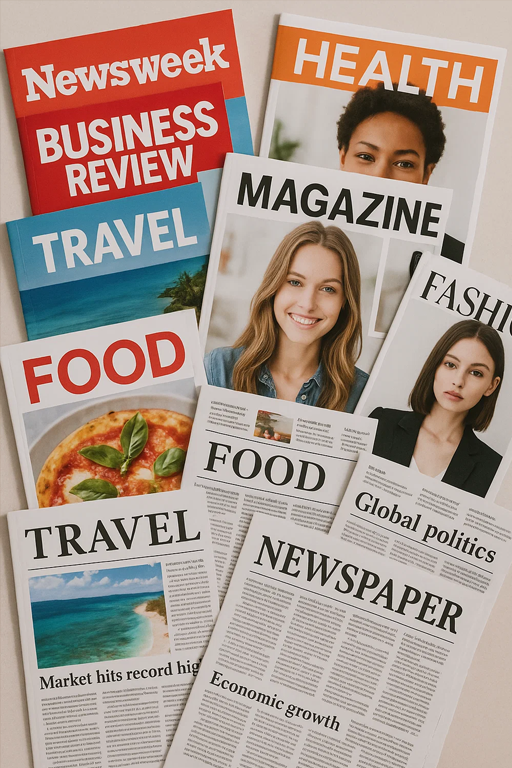Revision Notes
2.4 Research methods, sources and types of data
Secondary Research
Secondary research is when you use information that has already been collected by someone else. It helps you build background knowledge, understand trends, and find useful facts or opinions to support your project.
Books and journals
Books and academic journals are reliable sources of well-researched and reviewed information. They are often used to study theory, case studies, and professional practices.
Advantages:
- Reliable and trustworthy sources
- Often written by experts in the subject
- Useful for gaining detailed background knowledge
- Can go out of date quickly
- May be difficult to find specific or current examples
- Not always easy to access without a library or subscription

Internet sites and online research
The internet provides a wide range of sources including websites, blogs, online articles, forums, and statistics. It’s one of the most common tools for quick research.
Advantages:
- Fast and easy to access
- Can provide up-to-date information
- Huge variety of sources and opinions available
- Not all websites are reliable or accurate
- May include biased or false information
- Requires good judgement to choose trustworthy sources

Magazines and newspapers
Magazines and newspapers contain news, reviews, interviews and opinion pieces. They’re useful for understanding trends, public opinion and how topics are covered in the media.
Advantages:
- Useful for finding current events and trends
- Often written in an engaging and accessible style
- Includes quotes, statistics and examples
- Some articles may be biased or opinion-based
- May not go into much detail
- Print versions can become outdated quickly

Television
TV shows, documentaries, adverts and news broadcasts can all be used as secondary sources. They provide examples of how media is created and how information is shared with audiences.
Advantages:
- Can show real-world examples in a visual and engaging way
- Useful for analysing production techniques and styles
- Accessible and familiar format for most audiences
- Information may be simplified or edited for entertainment
- Harder to search or reference specific facts
- May include bias depending on the source
